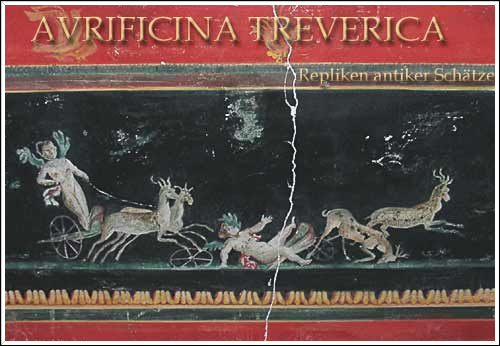Neuer Text
Ordenskette Collane Ritterorden
exakt gearbeitet nach einem Fund des Ende 15.Jh. , heute im Victoria & Albert Museum in Großbritannien.
Die Collane (abgeleitet vom französischen Begriff Collier für Kette,Collier, Halsband) ist eine prunkvolle Ordenskette und Bestandteil vieler Ritterorden in ganz Europa. Sie wurde an Adlige , aber auch verdiente Ritter ab Ende des 14.Jh. verliehen. Das eigentliche Ordenszeichen oder Familienwappen: goldenes Fließ, Malteser Orden, Schwan, etc. zeigte die Zugehörigkeit und Loyalität des Trägers zum Orden oder z.B. zur Dynastie einer Adelsfamilie. Die erste Collane schuf Heinrich VII. von England für den Hosenbandorden. Das königliche Collar of Esses wird seit dem 14. Jahrhundert von ritterlichen Orden an verdiente Herrschaften und Würdenträger verliehen.
Collar of Esses", das aus aneinandergereihten S-förmigen Kettengliedern besteht. Populär wurde es durch Hans Holbeins bekanntes Gemälde von Sir Thomas More, ist aber seit dem 15. Jahrhundert durchgängig bis zum heutigen Tage in Gebrauch. Gerne fertigen wir Ihnen den dazu passenden Anhänger des Ritterordens oder Ihr Familen- Adelswappen.
Massiv Silber 925, teils vergoldet, verziert mit zwei großen Bergkristallen
Länge: 82cm




